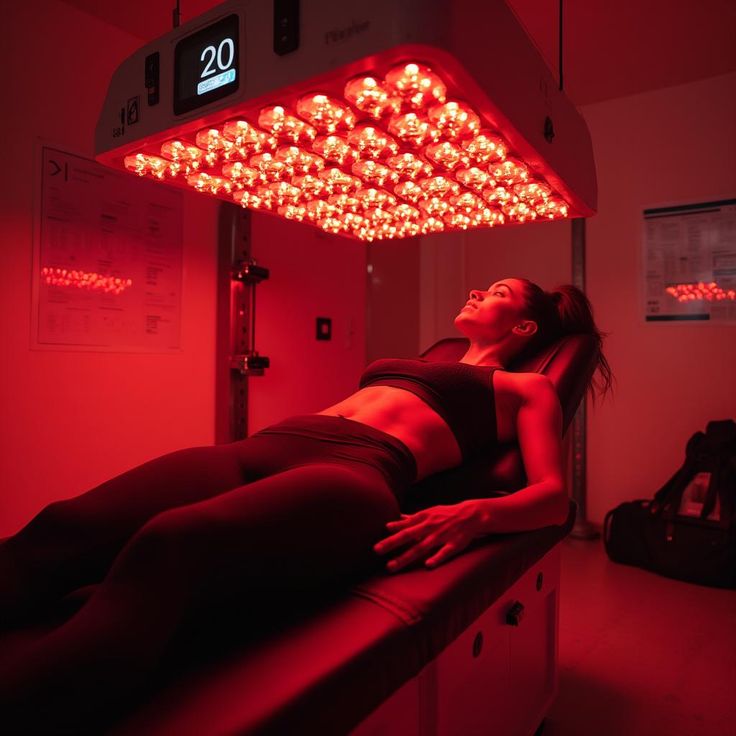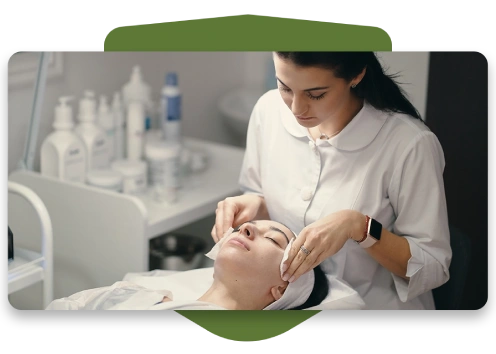
Light has been used in healing practices for centuries. The concept of Photodynamic Therapy (PDT) as a medical treatment first emerged in the early 1900s and has since evolved into a highly targeted, non-invasive technique.
PDT relies on the interaction of three key components:
When these components are combined, they produce a reaction that is lethal to abnormal or infected cells. This therapy has demonstrated effectiveness against bacterial, viral, and fungal (mycotic) infections and shows strong potential in targeting various types of cancer cells.
PDT has shown positive clinical outcomes in conditions like:
It may also offer enhanced therapeutic effects when used in combination with conventional cancer treatments like surgery, chemotherapy, or radiation.

The photosensitizer is activated by light, transferring energy to molecular oxygen.

This energy transfer generates Reactive Oxygen Species (ROS).

ROS cause oxidative damage to vital cellular components—lipids, proteins, and DNA—leading to cell death.

Apoptosis (programmed cell death)

Necrosis (uncontrolled cell damage)

Autophagy (self-digestion of damaged cells)

Targets tumors in the head and neck with minimal damage to surrounding tissue

Acts as a potent antimicrobial agent against bacterial, viral, and fungal infections

Investigated for its potential to reduce oxidative stress and amyloid plaques in Alzheimer’s disease

Promotes angiogenesis (formation of new blood vessels), enhances tissue regeneration, and prevents infection

Treats acne, psoriasis, sun-damaged skin, and non-melanoma skin cancers
Have questions ? We have answers.
Local effects may include:
These symptoms are usually mild and resolve on their own.
Systemic effects are rare, but may include:
If you experience severe or prolonged symptoms, contact us.
Yes. The treatment is contraindicated in individuals with:

Helping people restore balance, regain control, and experience overall wellness through our advanced diagnostics and range of integrative treatments.
© 2025 Nulife Wellness Centre. All Rights Reserved. Designed by Bee High Media.